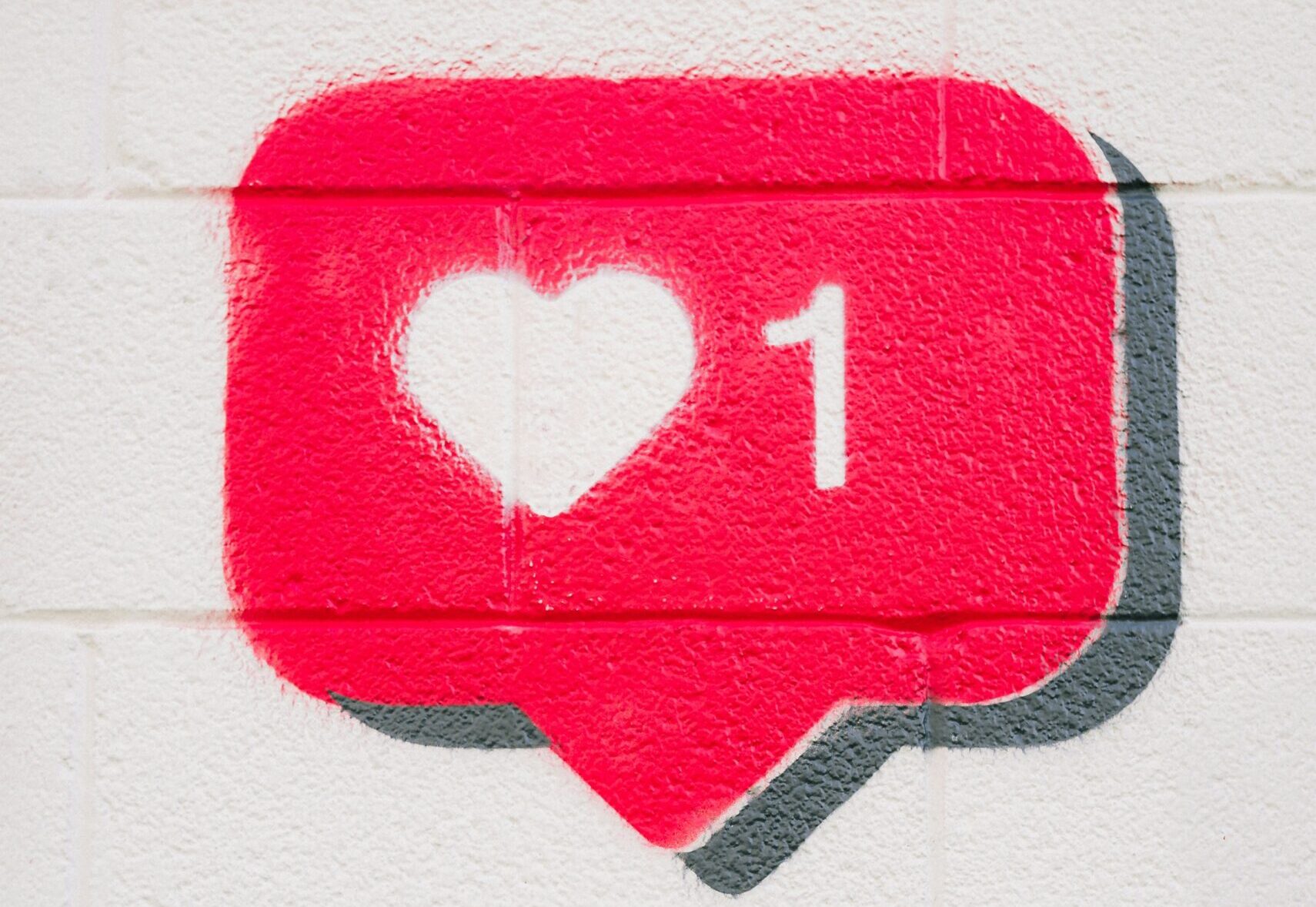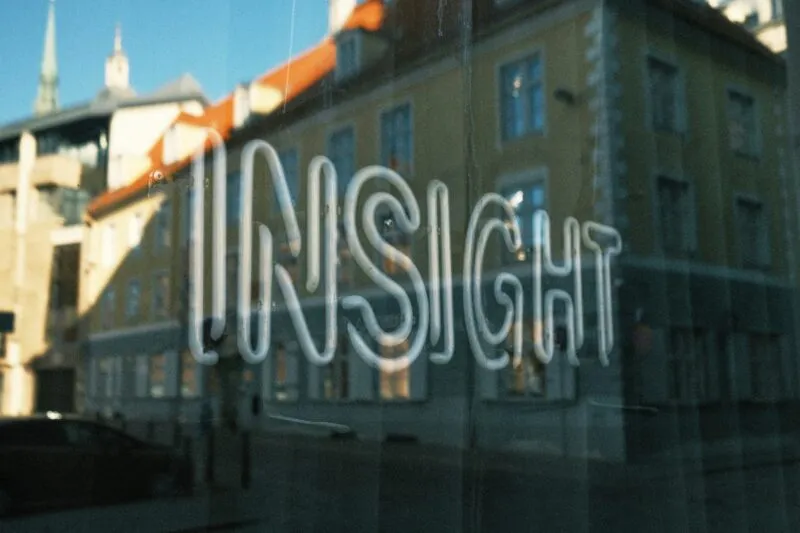The A–Z of 2025 Cultural Segments: A is for Affinity
In 2025, affinity isn’t just a marketing term—it’s the emotional glue that connects people to movements, brands, and each other. Affinity segments go beyond demographics to cluster audiences by shared passions, values, and motivations—reshaping identity, consumer behaviour, and cultural belonging. In the first instalment of our new series, The A – Z of 2025 Cultural Segments, we explore how emotional resonance, shared values, and purpose-driven communities are reshaping how people group, identify, and connect in a fragmented world.
Five Affinity Trends Defining 2025
1. Emotional Connection Over Demographics
Segmentation is shifting from age or income to value?based affinity groups. According to Deloitte, while brands claim to personalise customer experiences 61% of the time, only 43% of consumers actually recognise their experiences as tailored—that gap highlights how affinity (shared identity) matters more than surface-level targeting. (Deloitte)
2. Brands Benefit from Purpose?Driven Segments
Consumers are 4–6× more likely to buy from, trust, and champion brands they perceive as purpose-aligned. That kind of emotional affinity drives loyalty, premium pricing, and advocacy. (Forbes)
3. Affinity Grouping Improves Engagement
Affinity segmentation—identifying audiences based on interests and behaviours—can boost campaign performance. Marketers have seen up to a 65% increase in click?through rates, 45% higher conversion rates, and a 51% reduction in cost per acquisition when targeting affinity audiences. (connective3)
4. Product Affinity Enables Personalisation at Scale
Affinity score models group customers by shared product affinities—like “outdoor enthusiasts” or “yoga lovers”—allowing hyper-relevant offers. Brands like Amazon and Netflix leverage these segments to drive recommendation engines and deepen engagement.
(Netcore Cloud)
5. Affinity Drives Community and Co-Creation
Affinity groups aren’t just targets—they form micro-communities around values and creative collaboration. Examples include LEGO fan builders, Patagonia’s environmental advocates, and Sephora’s Beauty Insider communities. These segments generate content, feedback, and influence product direction. (Faster Capital)
Key Takeaways for 2025
Affinity segmentation transcends demographics, focusing instead on values, interests, and emotional alignment.
Consumers reward brands that share their beliefs—trust, loyalty, and advocacy follow.
Affinity-based campaigns outperform traditional targeting across engagement and conversion metrics.
Personalisation powered by affinity scores enables contextual, relevant content delivery.
Community-driven affinity groups offer co?creation, brand defence, and product innovation.
Looking Ahead
Affinity isn’t just a segmentation tactic—it’s the architecture of cultural belonging. Next up, is B for blur? Or maybe bricolage? Or possibly belonging. Find out as the series continues.
Sources & Further Reading
Article by ChatGPT | Fact-Checked by ChatGPT
Further checks by Mahalia Tanner.



